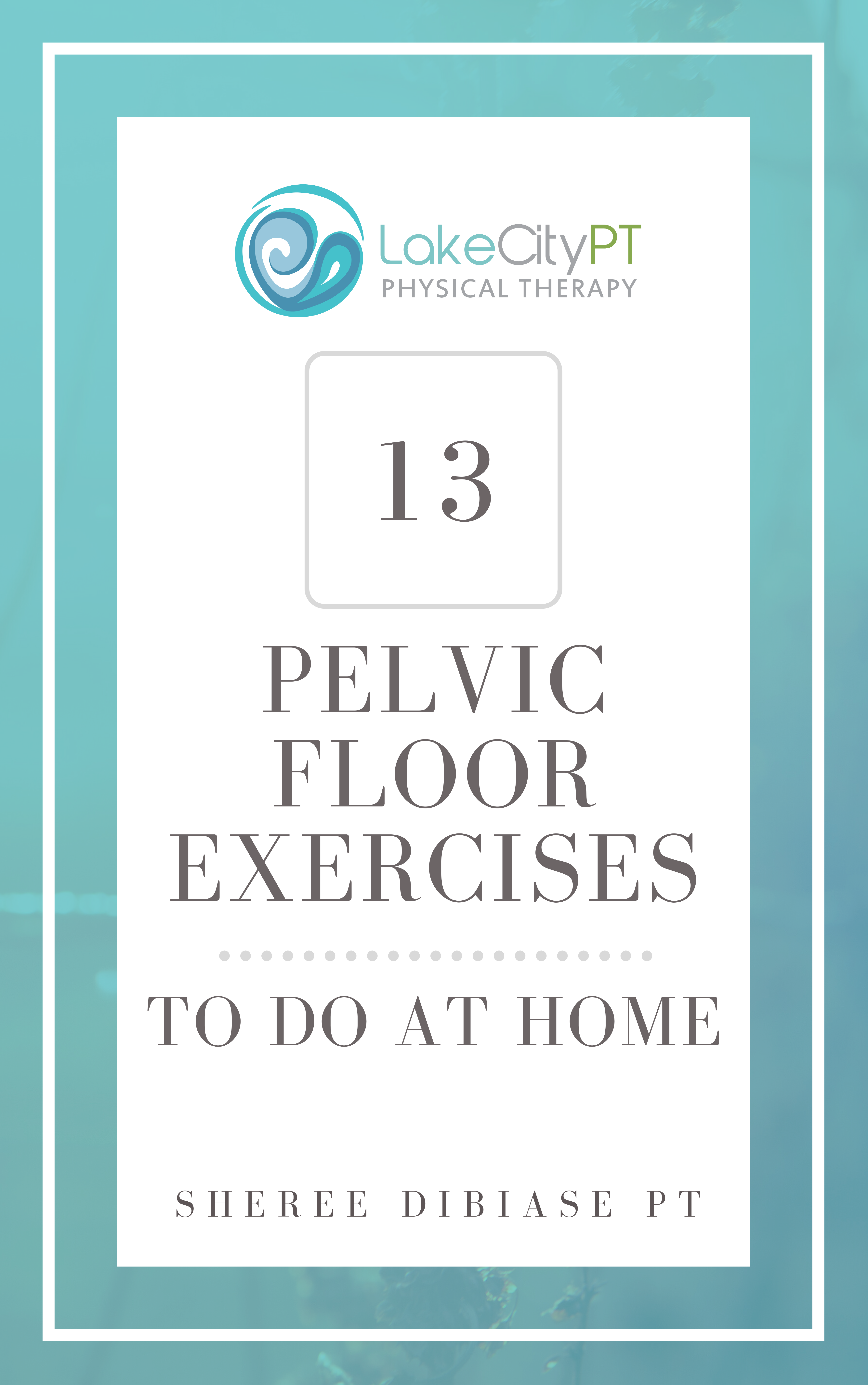Pelvic Pain After Abortion
Going through abortion is one of the most difficult and potentially traumatic life events that a woman can experience. While a growing number of US states are placing bans or restrictions on abortions, getting a safe and legal abortion can still be possible across the country.
There are several different types of abortion, including medical abortion and surgical abortion, and the specific treatment will depend on a series of factors including your gestational age and any existing medical conditions.
In some cases, abortions can be performed later in pregnancy, for example when the baby has been diagnosed with a serious, or even lethal, medical condition. In these circumstances, we talk about “terminations for medical reasons”.
Most times, when a woman decides to terminate her pregnancy for medical reasons in the second or third trimester, she will need to deliver her baby via vaginal birth (or, if complications occur, via a c-section).
Whatever type of abortion you have experienced, the road to recovery will be long and difficult, but looking after yourself in the best possible way will help you to get there faster and with a more positive, hopeful mindset for the future.
Aside from the emotional and psychological shock that all types of abortion can cause, one of the most common physical symptoms is pelvic pain. Pelvic pain after abortion, in fact, was found to be experienced by a staggering 78.4% of people during abortion aftercare.
This, nonetheless, doesn’t mean that you should simply tolerate this pain and just wait for it to pass naturally. Some types of pelvic pain, in fact, can be a sign that something more serious is going on within your body, and require urgent care.
Related Articles
Online Pelvic Floor Physical Therapy
Get pelvic floor physical therapy from home. Our online pelvic floor physical therapy can help with incontinence, constipation, painful intercourse and more.
Schedule a live video call consultation with the button below.
First Trimester Abortions
If you have experienced a first trimester abortion, either by using medication or via a D&C procedure, you might feel some slight pelvic pressure and discomfort in the hours and days following the event.
This is normally due to your pelvic muscles contracting and relaxing following a stressful situation and causing cramps in the area that might mimic those that you experience during your period – although, normally, much more intense. Pelvic pain after first trimester abortions is more common among younger women, women who never had a vaginal delivery before, and women with a history of dysmenorrhea (painful periods).
Nonetheless, if your post-abortion pelvic pain is severe and continues for a much longer time than expected, it’s important to seek medical attention. This, in fact, might mean that you have contracted a bacterial infection during your abortion procedure, or that some of the fetal or placental tissue might still be retained.
Contact your medical provider if you fear that this might be the case, and follow their guidelines on how to treat your specific condition and alleviate the pain.
Second and Third-Trimester Abortions
Women who deliver their babies as part of a second or third-trimester termination for medical reasons should receive the same aftercare as women who deliver living babies at term. This is because both types of women are very likely to experience similar physical and psychological effects derived from labor and birth.
One of these is pelvic pain. In late pregnancy, your uterus has reached a much larger size compared to the first trimester, which means that it will take longer to shrink back to its original dimensions. Moreover, if you have delivered vaginally, you might have experienced tears or other issues that will inevitably put a lot of strain on your pelvic floor.
How PT Can Help
If your pelvic pain after abortion had a serious cause, your medical provider will be able to help and advise on the best course of actions. Generally speaking, though, you should be given the all-clear to resume most physical activity around six weeks after your abortion – sometimes earlier.
At this time, it’s essential that you look after your pelvic muscles in the best possible way. This will give you a much higher chance of regaining pelvic strength and health. Following a personalized program with an experienced and qualified physical therapist can help.
Physical therapy for the pelvic floor is aimed at strengthening your core and enhancing the flexibility of your pelvic muscle area.
How Does It Work?
When your doctor has given you the green light, you can contact your trusted physical therapist to arrange your initial consultation. During this appointment, your therapist will take a detailed medical history as well as run several tests that can help them work out your overall level of core strength.
These tests include exercises and activities that you will need to perform and that can highlight any dysfunction or imbalance in your pelvic floor muscles. At your assessment, you will have the opportunity to ask any questions you may have, and receive any other type of information that you feel may be useful to you.
After your consultation, your physical therapist will put together a highly customized treatment plan to strengthen your pelvic area. This treatment will include exercises and activities that you are going to carry out both at the clinic and at home.
With consistency and perseverance, these exercises will enable you to reduce and, finally, eliminate your pelvic pain.
Bid Farewell to Pelvic Pain, for Good
Pelvic pain after abortion is not uncommon. Once you have identified what, exactly, is causing it, and have followed any medical advice, you should look into strengthening your pelvic floor muscles.
The best way to achieve this is through physical therapy for pelvic muscles. At Lake City Pt, we can help you assess your pelvic floor strength, create a personalized plan, and help you enjoy a better, stronger, and more flexible pelvic area for life.



